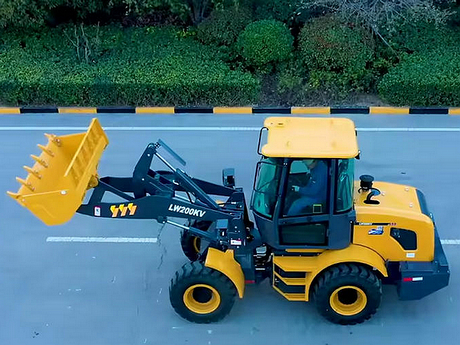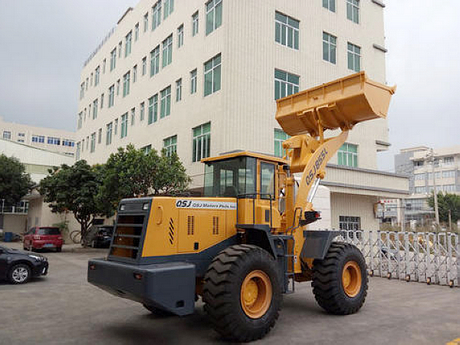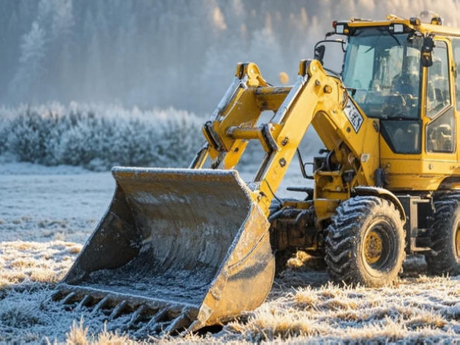|
In construction environments such as urban redevelopment projects, underground garages, and agricultural greenhouses, conventional-sized loaders often struggle to access sites, becoming a critical bottleneck for operational efficiency. Addressing this challenge, industry technical experts have proposed a loader selection methodology tailored for confined worksites. This approach provides users with systematic guidance across three core dimensions: size compatibility, performance considerations, and functional configuration.
First is size compatibility. In confined spaces, equipment accessibility directly determines whether construction can proceed. Users must accurately measure site passage width, clearance height, and turning radius before selection. The loader's width must be narrower than the tightest passage with 10-20 cm clearance allowance; overall height must fall below minimum restrictions, sometimes requiring less than 2 meters; short wheelbase and compact turning radius designs ensure maneuverability in tight corners and confined spaces. Second is performance evaluation. Compact loaders do not equate to underperformance. A reasonable power range (30–50 kW) strikes a balance between power and fuel efficiency for handling sand, gravel, earth, and feed materials. Simultaneously, the steering system takes on critical importance. Full hydraulic or articulated steering enables wider turning angles and lighter handling; skid-steer models can even achieve 360° turns on the spot, offering significant advantages in extremely confined spaces. Finally, functional configurations matter. Quick-attach systems have become standard for efficient operations, enabling tool changes—such as buckets, pallet forks, breakers, sweepers, or grapples—within minutes. This multi-purpose capability significantly reduces overall costs and boosts utilization rates. Additionally, unloading height must align with transport vehicle requirements to prevent secondary handling due to insufficient clearance.
Construction in confined sites imposes heightened demands on loaders. Through precise measurement, optimal power matching, agile steering systems, and multifunctional configurations, contractors achieve efficient, economical, and stable operation within limited spaces. This delivers robust support for project progress.
|





























